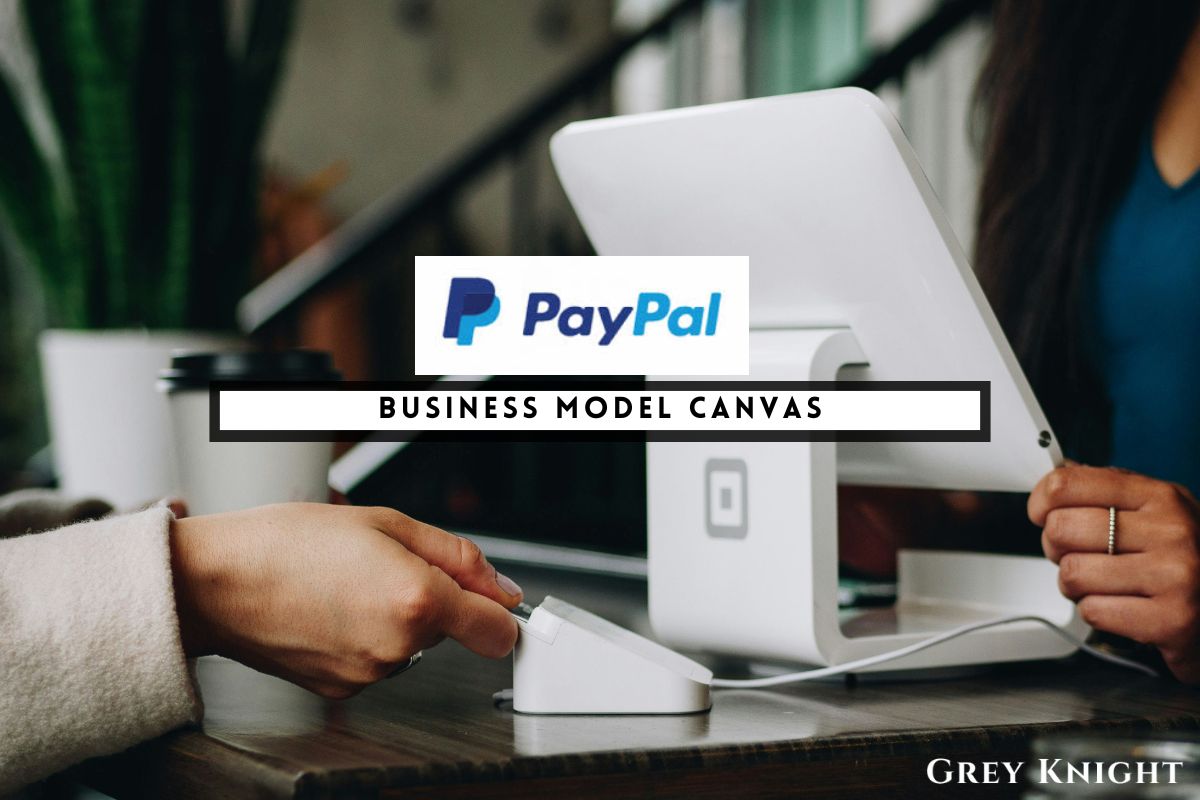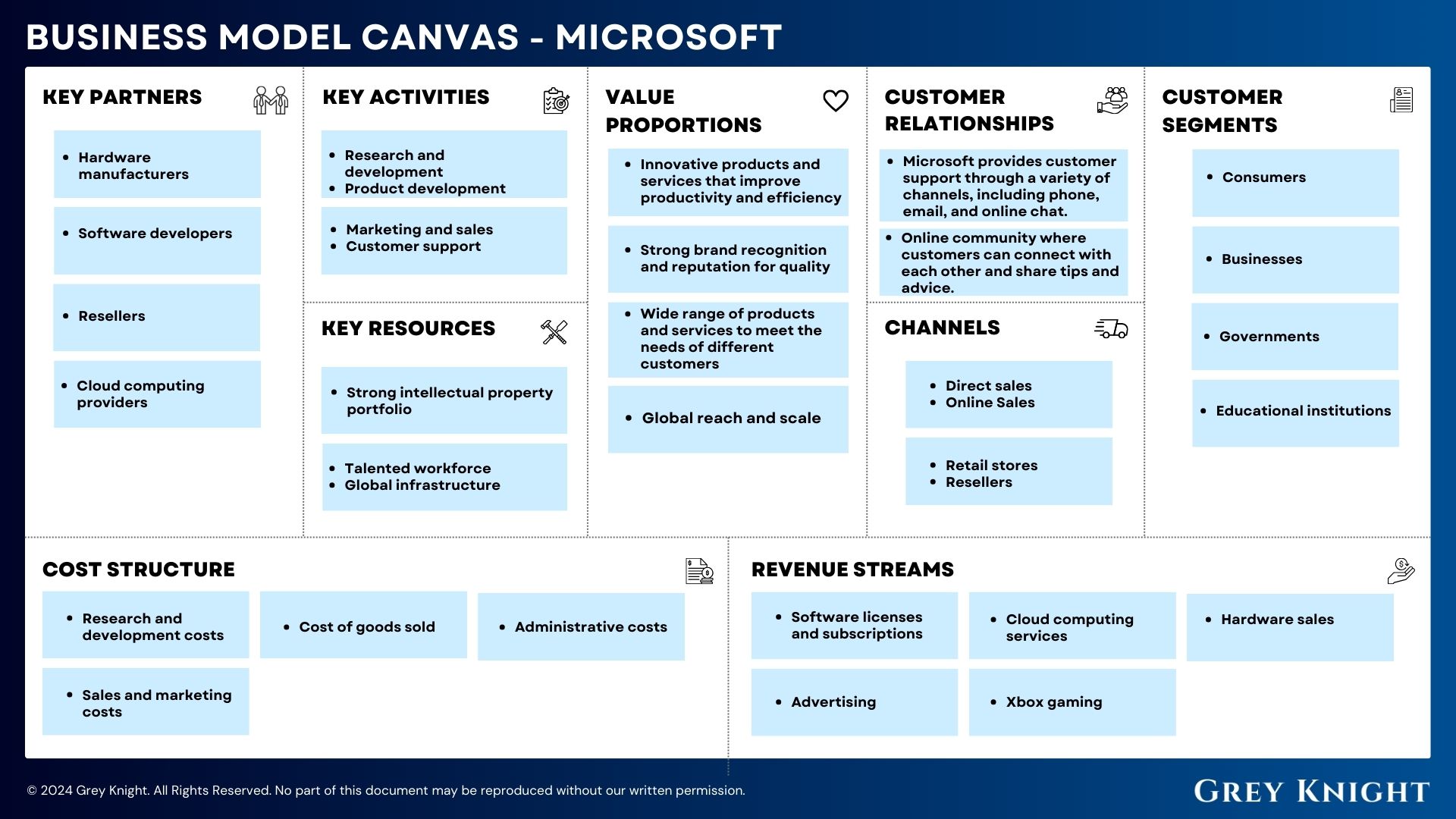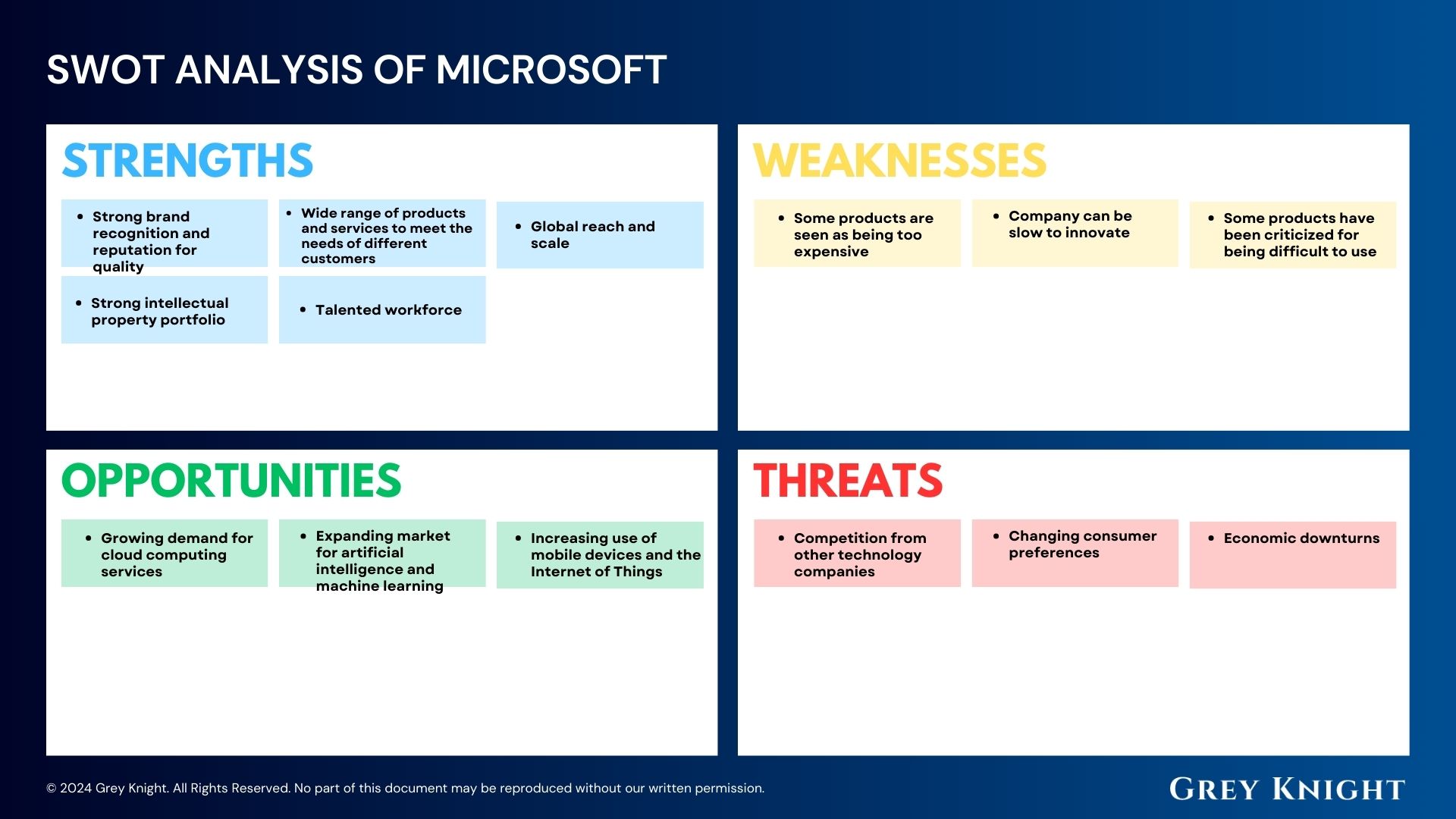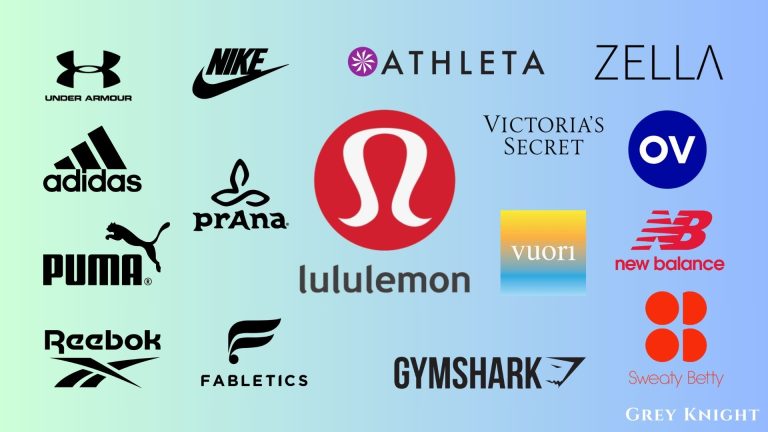Table of Contents
ToggleA Brief History of PayPal
PayPal Holdings, Inc. was founded in December 1998 as Confinity by Max Levchin, Peter Thiel, and Luke Nosek. The company initially developed security software for handheld devices before pivoting to a digital wallet product. The following year, Confinity merged with X.com, an online banking company founded by Elon Musk. X.com eventually changed its name to PayPal in 2001.
PayPal rapidly became the preferred method for online payments, especially on eBay. In 2002, eBay acquired PayPal for $1.5 billion, helping to expand its user base and solidify its position as a leader in the online payment industry. PayPal continued to grow and diversify its offerings, expanding into mobile payments and peer-to-peer transactions.
In 2015, PayPal was spun off from eBay into a separate publicly traded company. Since then, it has continued to expand its services, including acquiring companies such as Braintree, Venmo, and Honey to strengthen its position in the digital payments space.
Today, PayPal Holdings, Inc. is a global leader in digital payments, providing a range of services that enable individuals and businesses to send and receive money securely and efficiently. With millions of active users and a strong presence in international markets, PayPal continues to innovate and shape the future of online and mobile payments.
Who Owns PayPal?
PayPal Holdings, Inc. is a publicly-traded company, meaning it is owned by a variety of shareholders who hold its stock. As of the latest available information, some of the top 10 shareholders of PayPal Holdings, Inc. include The Vanguard Group, Inc., BlackRock, Inc., and Capital Research & Management Co., among others. These top shareholders are institutional investors who hold large amounts of stock in the company. Additionally, PayPal’s co-founders, Elon Musk and Peter Thiel, also have significant ownership stakes in the company. Overall, the ownership of PayPal Holdings, Inc. is widely distributed among a diverse group of investors.
PayPal Mission Statement
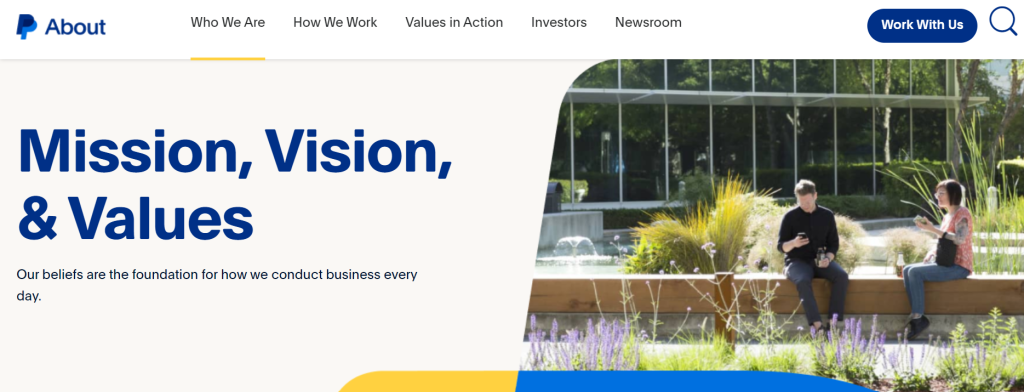
PayPal Holdings, Inc.’s mission is to democratize financial services and empower people and businesses to join and thrive in the global economy. They strive to provide secure, convenient, and affordable financial solutions to individuals and businesses, enabling them to send and receive payments, manage digital finances, and access credit and investment opportunities. PayPal is committed to fostering financial inclusion and expanding access to economic opportunities for all.
How PayPal Makes Money?
PayPal Holdings, Inc. operates as a digital payment platform that allows users to make online transactions. The company makes money primarily through transaction fees, which are charged to both buyers and sellers for using its platform to transfer funds. In addition, PayPal generates revenue from other services such as foreign currency exchange and lending to small businesses. The company also earns income from its subsidiary, Venmo, which is a popular peer-to-peer payment app. Overall, PayPal’s business model is centered around facilitating secure and convenient online payments while leveraging various revenue streams to drive financial growth.
PayPal Business Model Canvas
The Business Model Canvas (BMC) is a strategic management tool that helps businesses to visualize, understand, and create effective business models. It consists of 9 essential building blocks that represent the key components of a business and allow companies to understand their key activities, resources, and the value they deliver to their customers.
Customer Segments:
PayPal’s customer segments are diverse and include individuals, small businesses, and large corporations. They cater to both consumer and merchant markets, offering a range of services for individuals looking to send and receive money and for businesses looking to facilitate online transactions.
– Individuals
– Small businesses
– Large corporations
Value Propositions:
PayPal’s value propositions focus on providing secure and convenient payment solutions for their customers. Their value propositions include ease of use, security, and the ability to make and receive payments globally.
– Secure and convenient payment solutions
– Global reach
– Ease of use
Channels:
PayPal’s channels include its website, mobile application, and partnerships with e-commerce platforms and financial institutions. They also utilize digital marketing and advertising to reach potential customers.
PayPal maintains customer relationships through various means, including customer support, email communications, and social media engagement. They aim to provide excellent customer service to build trust and loyalty.
Customer Relationships:
– Website
– Mobile application
– Partnerships
– Digital Marketing
– Customer support
– Email communications
– Social media engagement
– Trust and loyalty
Revenue Streams:
PayPal generates revenue through transaction fees, currency conversion fees, and interest income on customer account balances. They also offer premium services to businesses for a fee.
– Transaction fees
– Currency conversion fees
– Interest income
– Premium services for businesses
Key Resources:
PayPal’s key resources include its technology and infrastructure, customer data, brand reputation, and strategic partnerships with financial institutions and e-commerce platforms.
– Technology and infrastructure
– Customer data
– Brand reputation
– Strategic partnerships
Key Activities:
Key activities at PayPal include payment processing, fraud prevention, customer support, product development, and marketing and sales efforts.
– Payment processing
– Fraud prevention
– Customer support
– Product development
– Marketing and sales efforts
Key Partners:
PayPal’s key partners include banks, financial institutions, e-commerce platforms, and other payment processors. These partnerships help extend their reach and provide additional value to their customers.
– Banks and financial institutions
– E-commerce platforms
– Payment processors
Cost Structure:
PayPal’s cost structure includes expenses related to technology and infrastructure, marketing and sales, customer support, and regulatory compliance.
– Technology and infrastructure
– Marketing and sales
– Customer support
– Regulatory compliance
PayPal’s Competitors
PayPal Holdings, Inc. faces stiff competition in the digital payment industry from several key players. Some of its top competitors include Square, Inc., a financial services and mobile payment company; Stripe, a payment processing platform; Amazon Payments, a subsidiary of Amazon specializing in online payment processing; Apple Pay, a mobile payment and digital wallet service by Apple; and Google Pay, a digital wallet platform developed by Google. These companies are all vying for market dominance in the rapidly growing digital payment sector and pose a significant challenge to PayPal’s market share.
PayPal SWOT Analysis
Strengths:
1. Strong brand recognition and trustworthiness
2. Wide acceptance and usage globally
3. Diverse range of products and services
4. Innovative technology and digital payment solutions
Weaknesses:
1. High competition in the digital payment industry
2. Dependence on partnerships with other companies
3. Security concerns related to data breaches and cyber attacks
Opportunities:
1. Expansion into emerging markets
2. Partnership and acquisition opportunities
3. Integration with new technologies such as blockchain and cryptocurrency
Threats:
1. Regulatory and compliance challenges in different countries
2. Intense competition from other digital payment platforms
3. Changing consumer preferences and behaviors in the digital payment space.
Concluding Analysis
So, looking at the business model of PayPal Holdings, Inc., it’s clear that the company has positioned itself as a leader in the digital payments industry. With its strong focus on innovation, customer-centric approach, and strategic partnerships, PayPal has managed to establish a solid foundation for future growth. As an analyst, I believe that the company is well-equipped to capitalize on the increasing demand for digital payments and expand its market share globally. The future looks promising for PayPal, and I am excited to see how the company will continue to evolve and thrive in the ever-changing landscape of the financial technology industry. With a strong business model and a clear vision, I have high hopes for the future success of PayPal Holdings, Inc.
Additional Resources
To keep learning and advancing your career, we highly recommend these additional resources:
Business Model Canvas of The Top 1,000 Largest Companies by Market Cap in 2024
A List of 1000 Venture Capital Firms & Investors with LinkedIn Profiles
Peter Thiel and the 16 Unicorns: The Legacy of Thiel Fellowship

